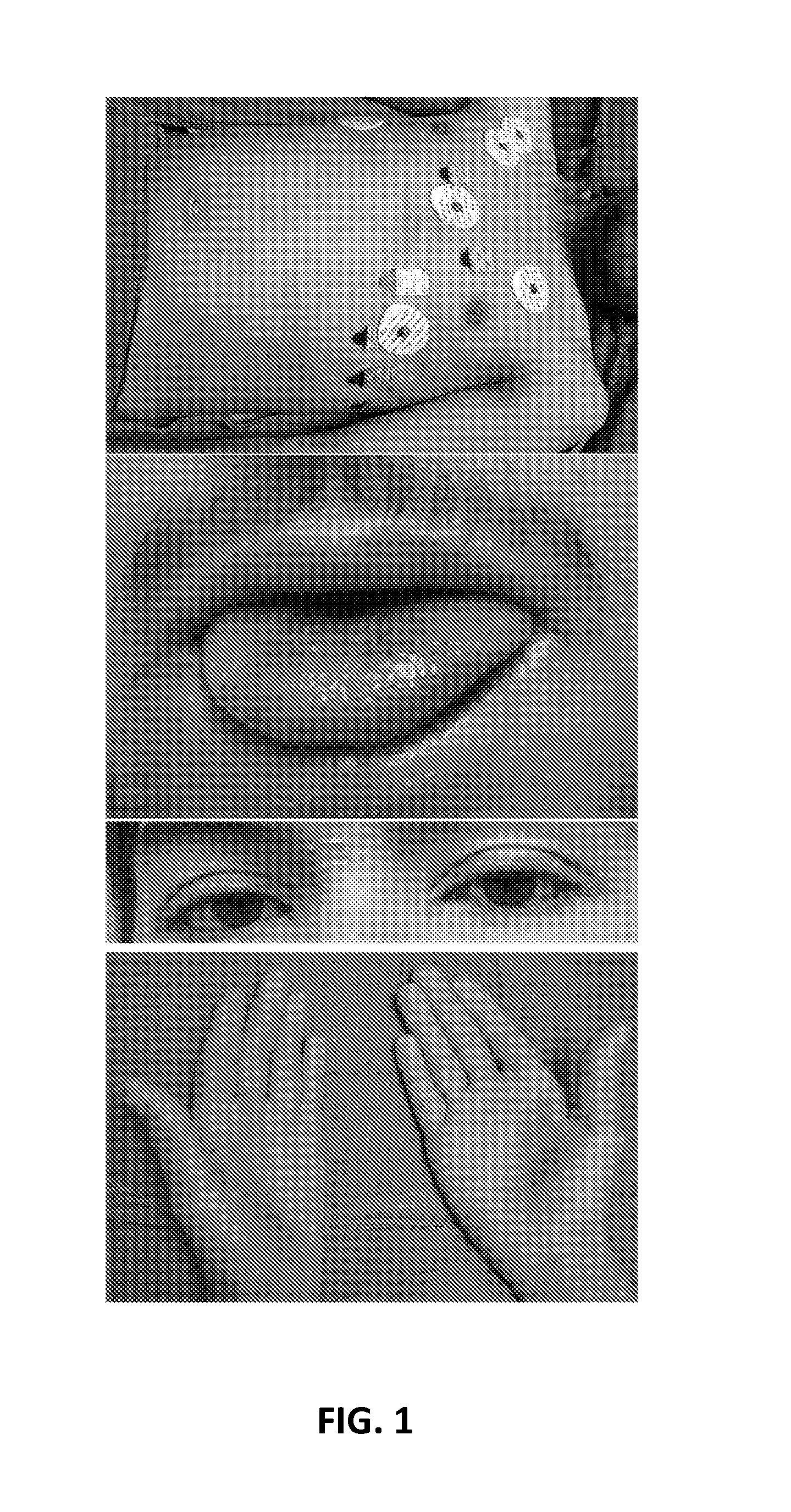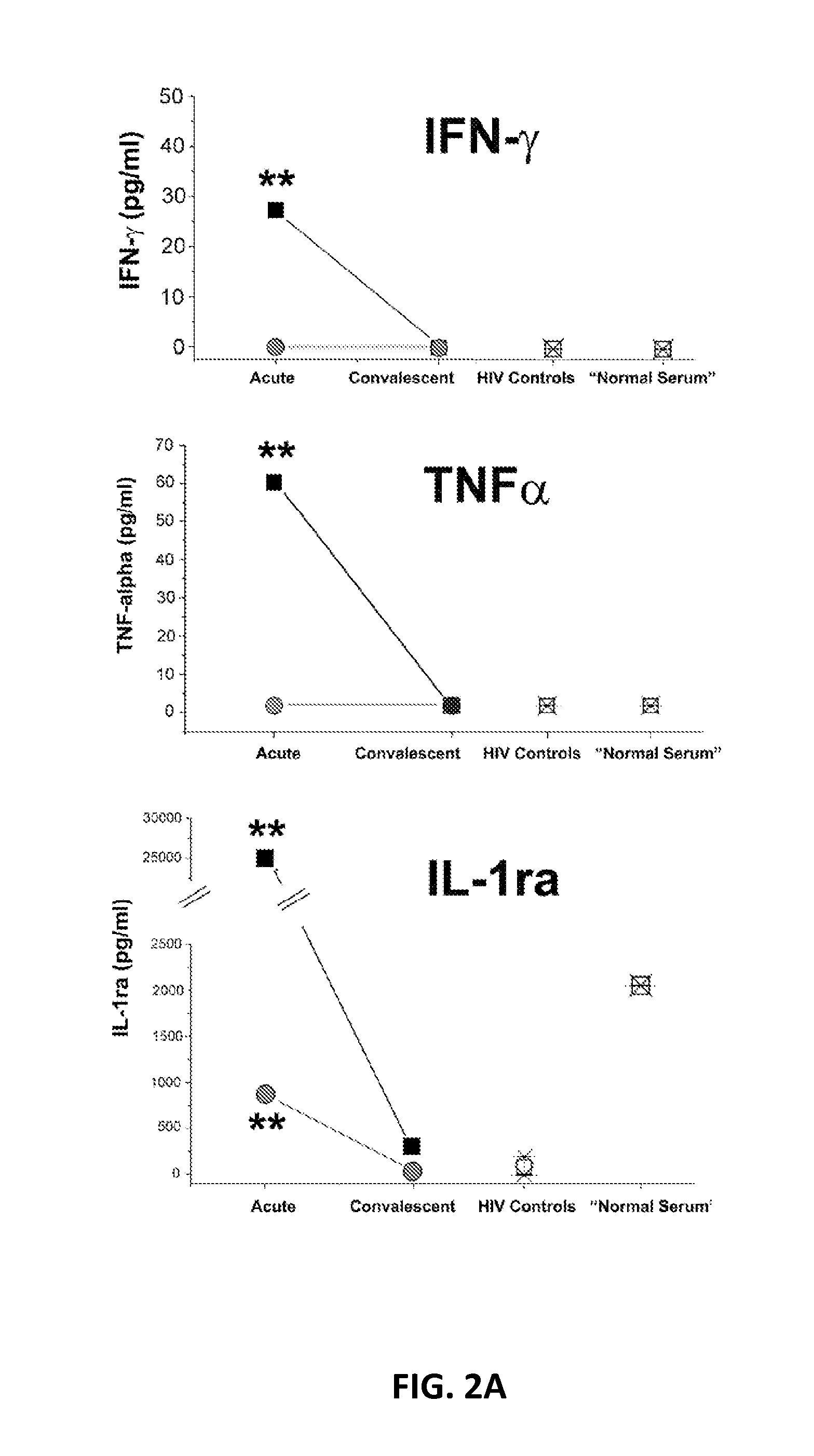Material and methods for diagnosing and treating kawasaki disease and kls
a technology of kawasaki disease and material and methods, applied in the field of diagnosis, treatment, study and treatment of hiv kawasakilike syndrome (kls) and kawasaki disease, can solve the problems of coronary artery aneurysms, high diagnostic cost, and high risk of cardiovascular morbidity and mortality, so as to shorten hospitalizations, improve therapeutic interventions, and curtail the effect of expensive diagnostic evaluation
- Summary
- Abstract
- Description
- Claims
- Application Information
AI Technical Summary
Benefits of technology
Problems solved by technology
Method used
Image
Examples
example 2
[0044]Patient 2 was a 31 year old African American male recently diagnosed with HIV, CD4 count of 19, an HIV viral load of 139,000 copies per ml, with a pre-existing idiopathic eosinophilia who was admitted from the ER with ten days of fever (102.7° F.), myalgias, mild abdominal pain with occasional diarrhea, headaches, and painful swelling of the hands and feet beginning roughly coincident with initiation of 1st cART regimen (tenofovir / emtricitabine / ritonavir-lopinavir). He was not on PCP prophylaxis as the CD4 count was pending at time of previous clinic visit, and he had a questionable history of a sulfa drug allergy. His past medical history was remarkable for secondary syphilis 1 year earlier treated with IM benzathine PCN. His vital signs on admission were: Temp 103.7° F., HR 90, BP 110 / 63, RR 16. His physical exam was remarkable for non-exudative conjunctivitis, mild thrush, non-tender cervical lymphadenopathy all Chlamydia-associated reactive arthritis. The ID consultant eva...
PUM
| Property | Measurement | Unit |
|---|---|---|
| Polarity | aaaaa | aaaaa |
| Fluorescence | aaaaa | aaaaa |
| Interaction | aaaaa | aaaaa |
Abstract
Description
Claims
Application Information
 Login to View More
Login to View More - R&D
- Intellectual Property
- Life Sciences
- Materials
- Tech Scout
- Unparalleled Data Quality
- Higher Quality Content
- 60% Fewer Hallucinations
Browse by: Latest US Patents, China's latest patents, Technical Efficacy Thesaurus, Application Domain, Technology Topic, Popular Technical Reports.
© 2025 PatSnap. All rights reserved.Legal|Privacy policy|Modern Slavery Act Transparency Statement|Sitemap|About US| Contact US: help@patsnap.com



